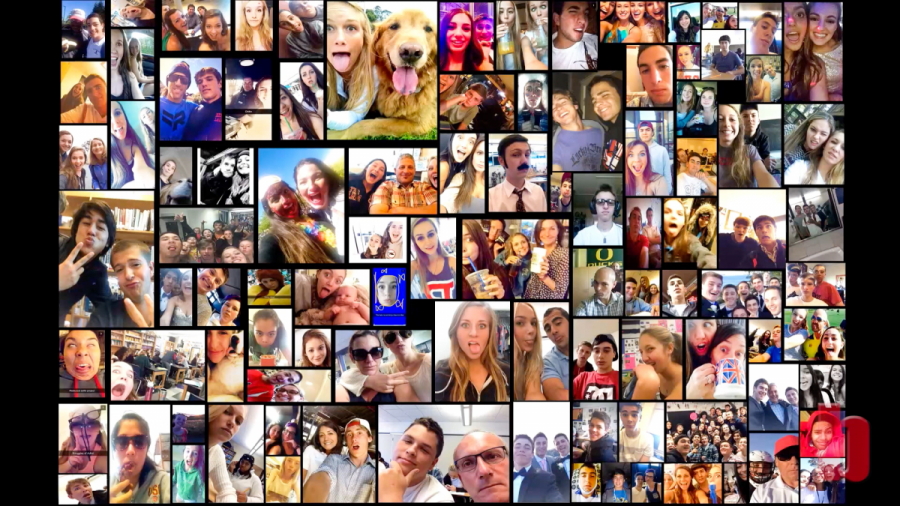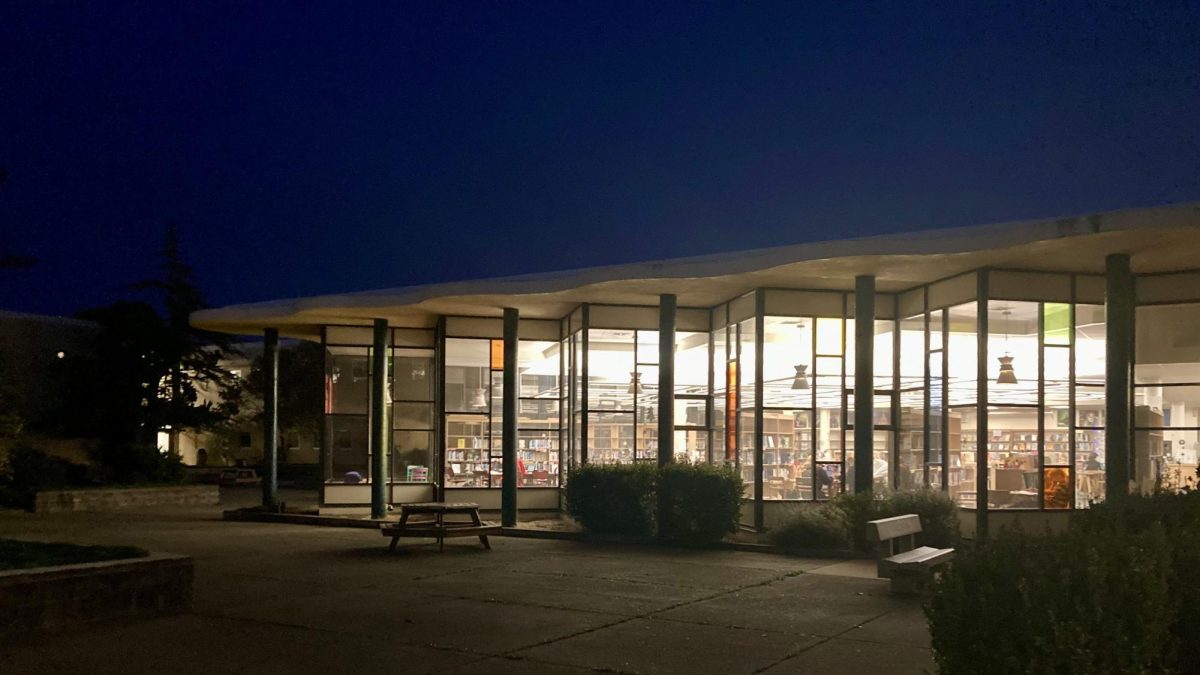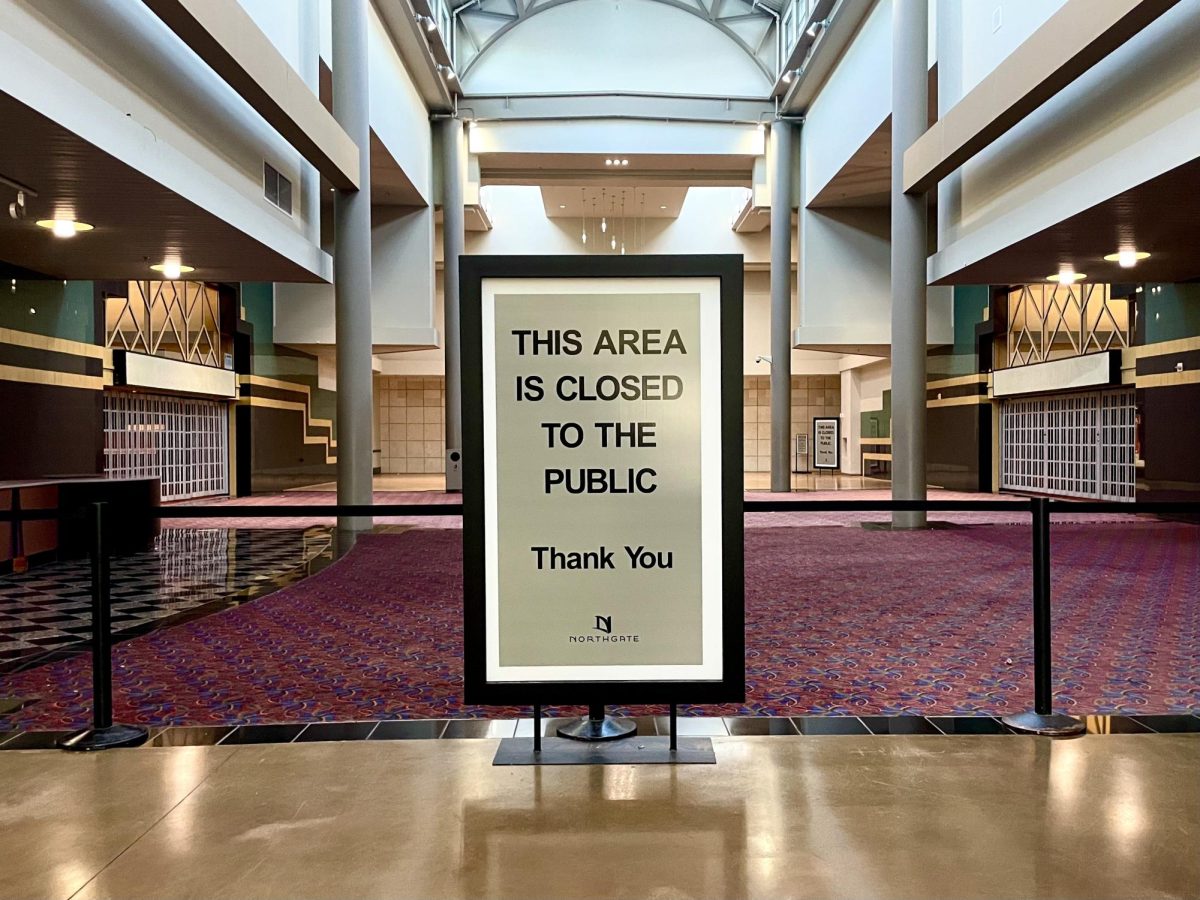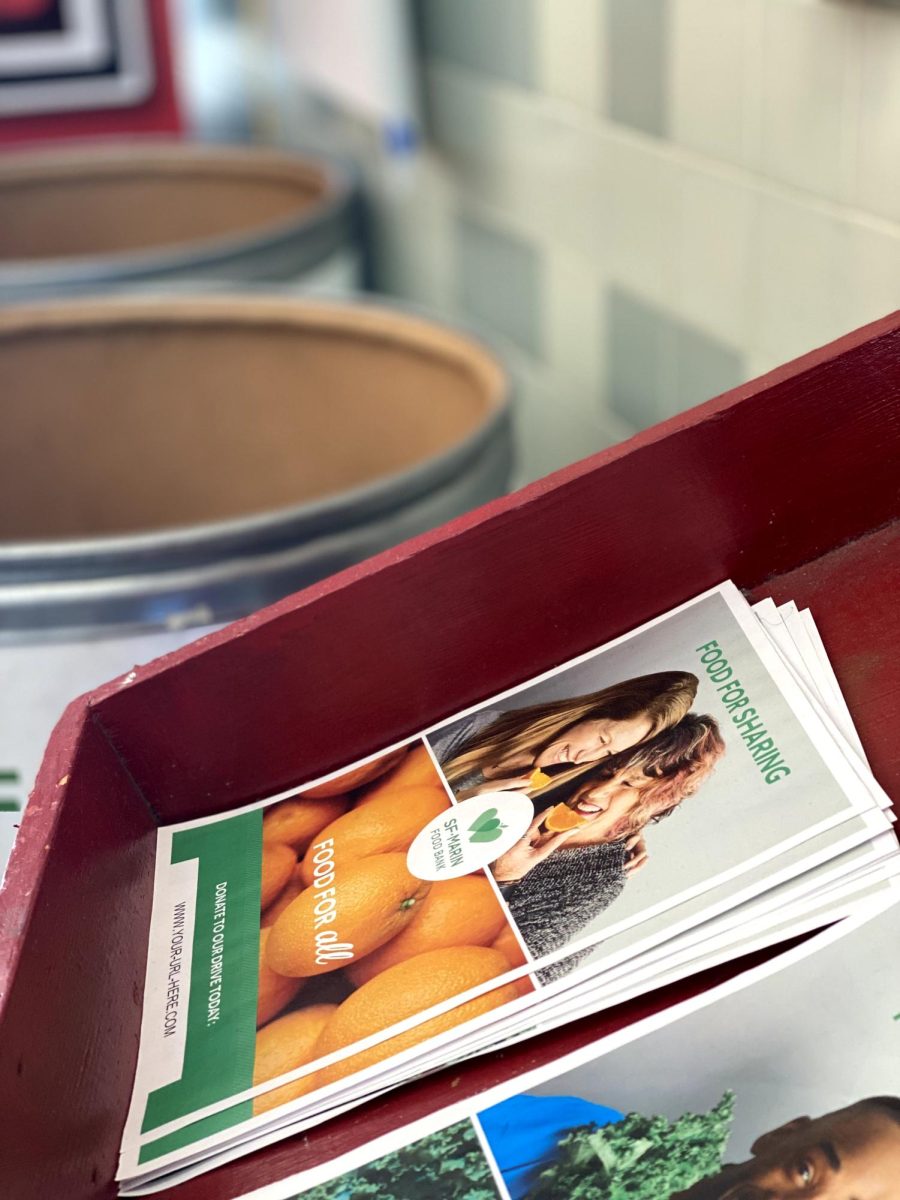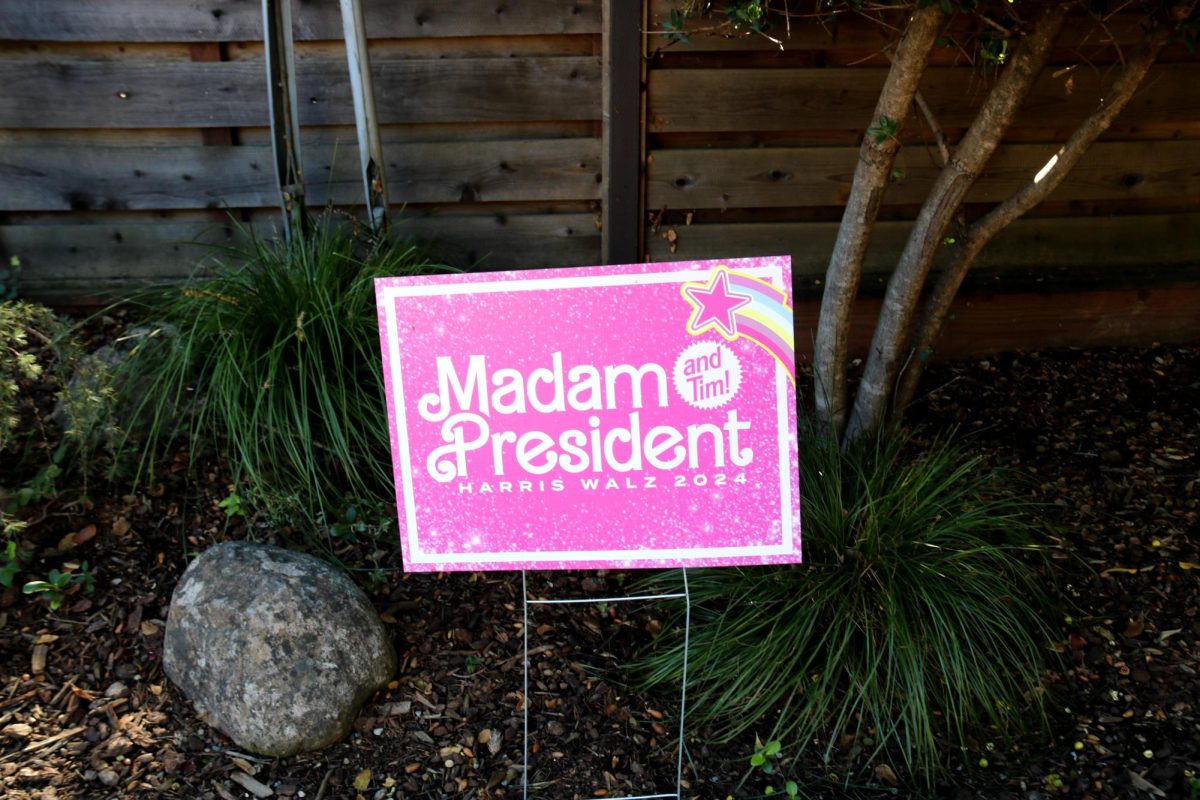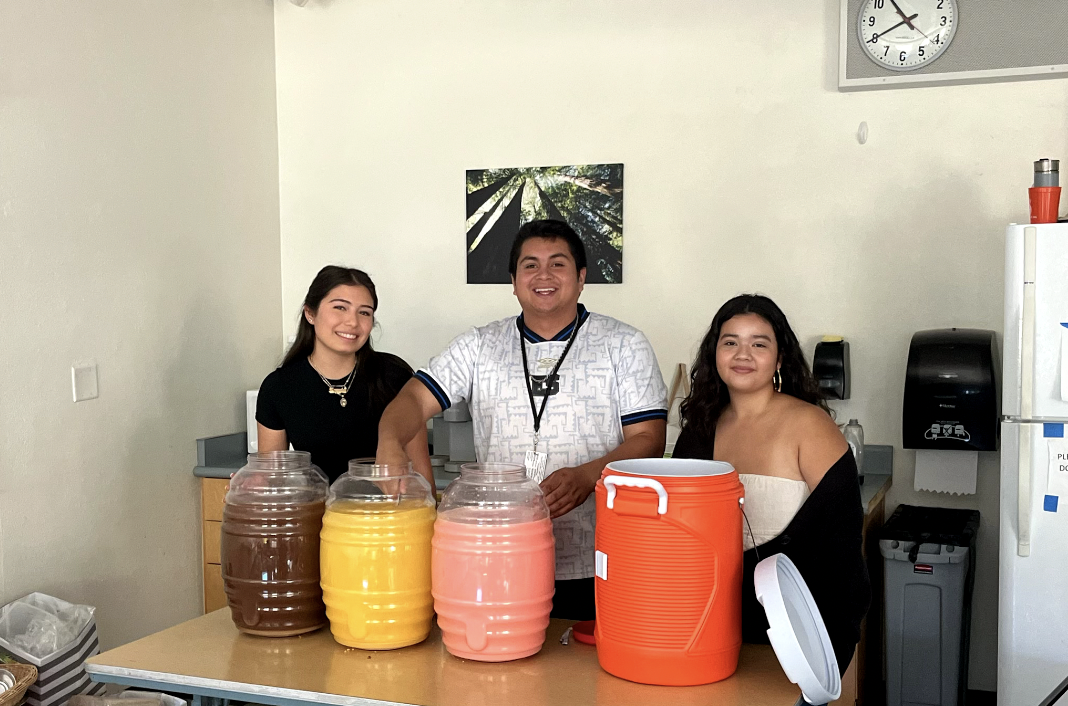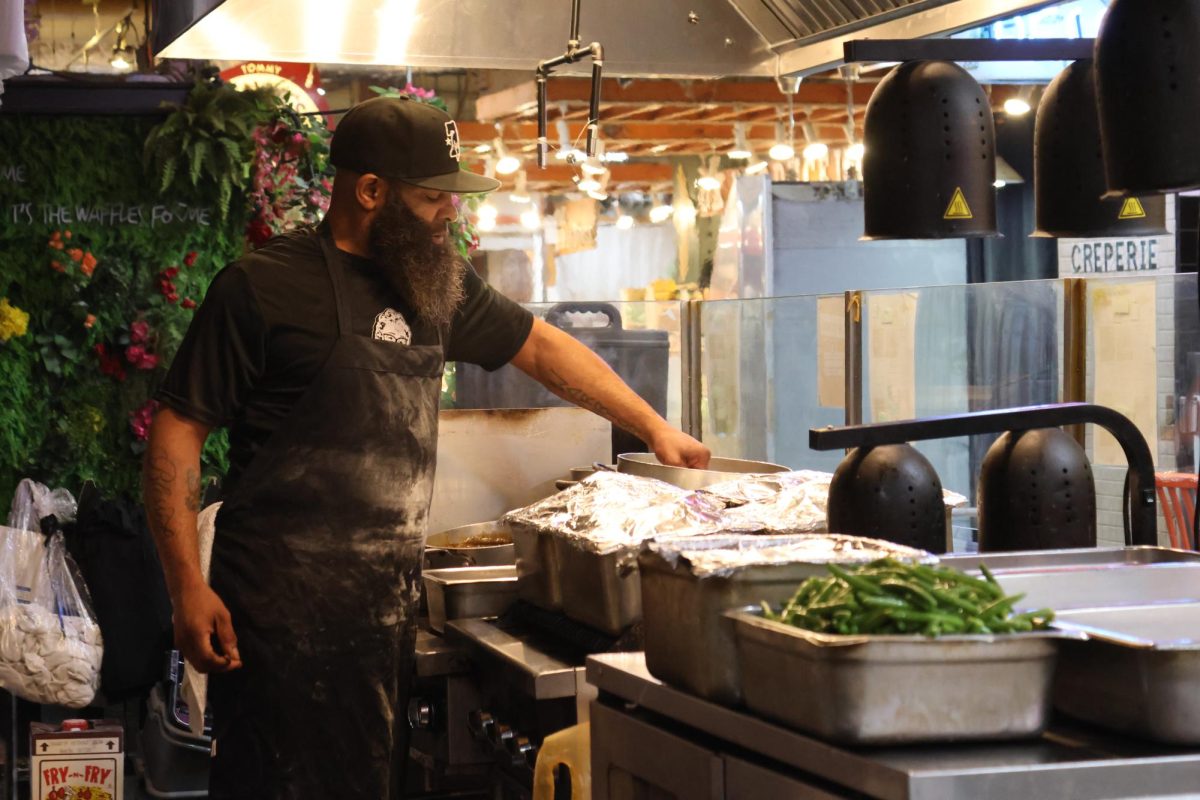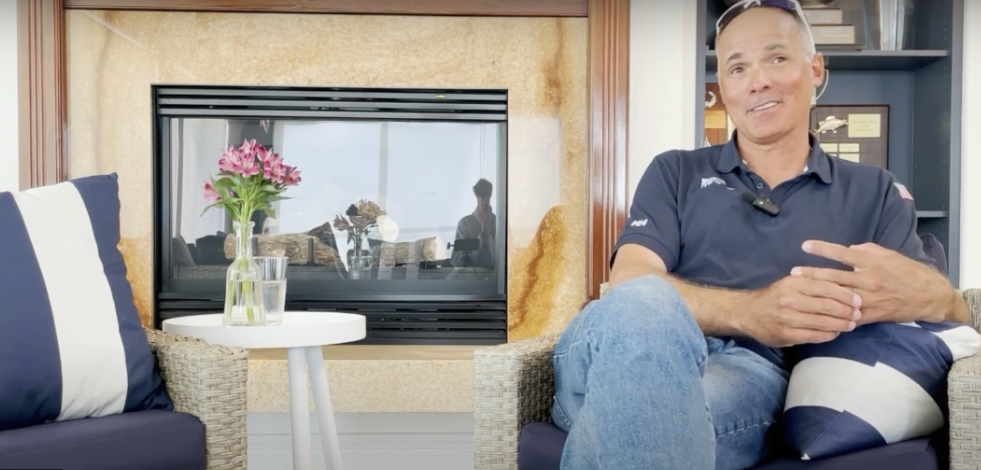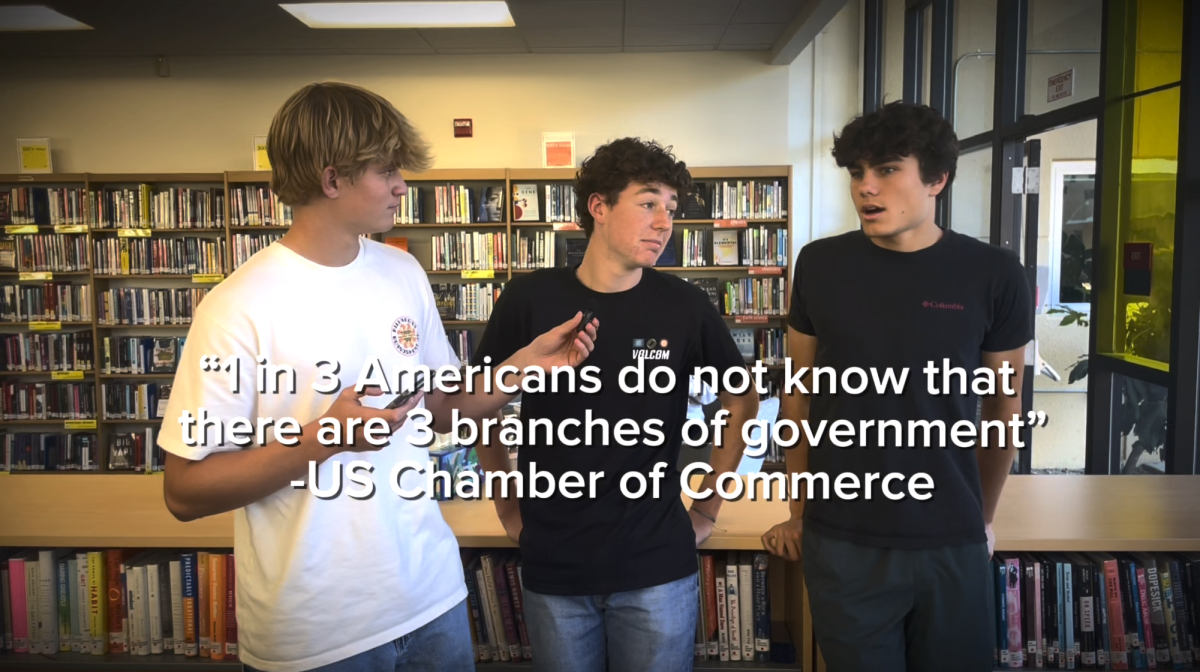Selfies, or self portraits, have become a cultural phenomenon, inspiring The Chainsmokers’ hit single “#Selfie,” which mocks the selfie as the domain of vapid club-going girls.
In an attempt to turn the selfie into something positive, Peer Resource started the “Redwood Selfie Project,” which aims to turn the photographs into a way to improve student body image.
For the project, students were asked to take a picture of themselves and send it to Peer Resource via email or Twitter. The selfies were then printed and displayed in Room 251 on Friday, May 2 and Monday, May 5. Students were also encouraged to write compliments on sticky notes and place them on the photographs.
“Our main purpose is to enhance self-appreciation, to express the things that do look good,” said Navid Izadjou, the Peer Resource member who proposed the project.
The campaign was inspired by a short film from Dove, a body care company, in which high school girls and their mothers were challenged to embrace their perceived flaws by taking self-portraits.
“At the end of the movie, after coming through and seeing it with a more open lens, they were able to see all of the beauty that came from their faces and all the positives,” Izadjou said.
The selfie was chosen as the medium for the project because it represents the way the photographer views themselves, according to Peer Resource teacher Jessica Skierez.
“The selfie is you taking a picture of yourself, recognizing that regardless of how that comes out, it’s beautiful because it’s you,” Skierez said.
Izadjou said the project was appropriate for high-schoolers, who are especially concerned with their self-perception.
“I think that body image and self-appreciation are something that pertain to any and every teenager across the country.” Izadjou said “With girls, its more in the spotlight, but I think it’s equally there for guys with being muscular and being a man.”
Ninety-five selfies were eventually printed and hung on the photo room walls.
Peer Resource hopes to continue this into an annual tradition with increased participation.
“A lot of our planning was hoping to get a wide variety of students to participate, different grade levels, different genders, different backgrounds,” Skierez said. “We aren’t sure that happened as well as we would have liked. We are hoping that if it does become sort of an annual thing, that people can anticipate and know what it is and be willing to get involved.”

